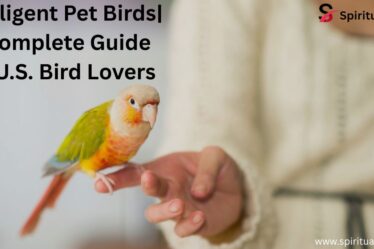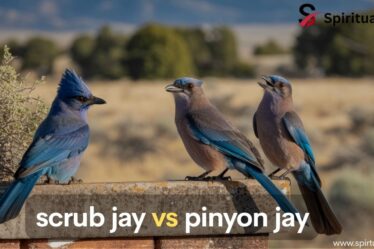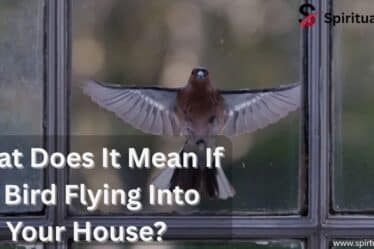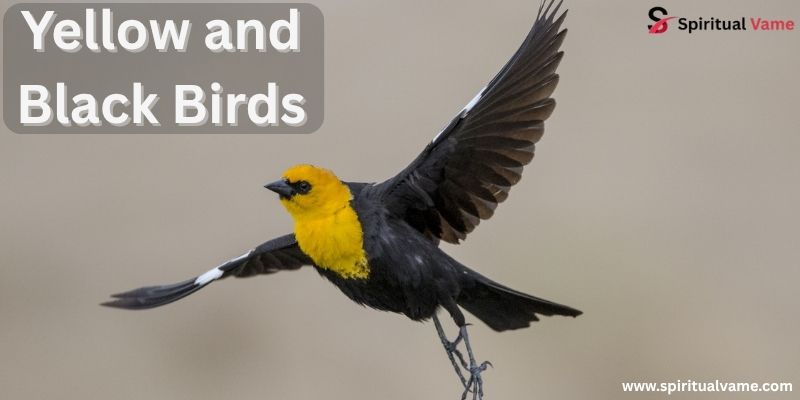
Yellow and black birds are some of the most striking and colorful birds in the United States. Their bold colors make them easy to spot in fields, forests, or backyards. These birds are not only beautiful but also fun to watch. You can find yellow and black birds at feeders, in trees, and near water. They live in many types of habitats and play an important role in nature. From the cheerful American Goldfinch to the bold Yellow-headed Blackbird, there’s something special about each one. This guide will help you learn more about yellow and black birds, where to find them, and how to enjoy watching them in the wild.
15 Common Yellow and Black Birds
From forests to wetlands, different birds thrive in different locations. Yellow and black birds are found in all types of environments, and their colors often help them with camouflage while also attracting mates. Some love nectar or fruit, others prefer insects, and some just love seed from your feeder. These birds play a big role in the ecosystem, helping control insects and spread seeds. Let’s look at where you can find them.
At the feeder
American Goldfinch
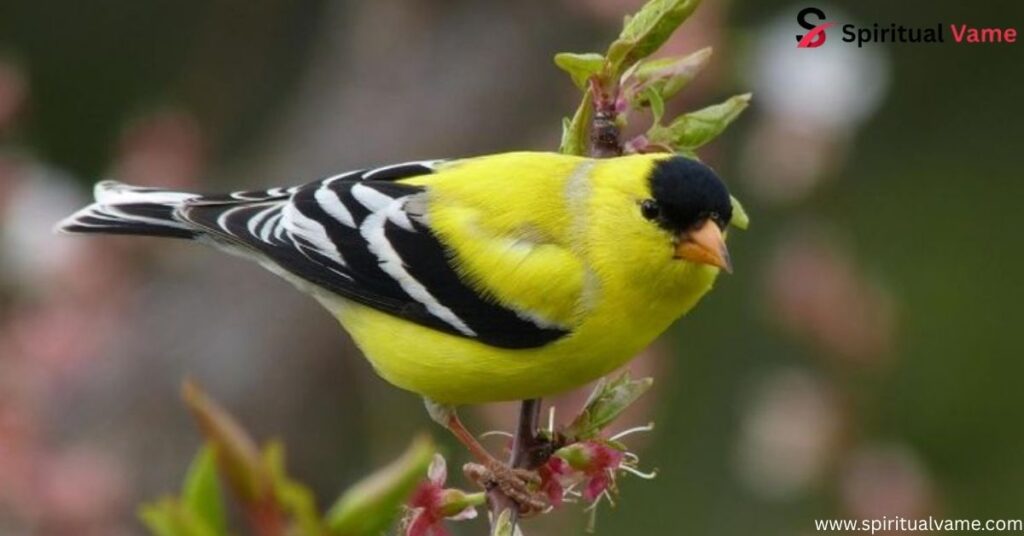
The American Goldfinch is a small but bright songbird often seen in gardens and meadows. Males are a vivid yellow with black wings during breeding season. These birds love sunflower and thistle seeds, and you’ll often see them hopping around feeders in groups. They are passerines, known for their bouncy flight and cheerful vocalizations. Goldfinches molt twice a year, changing their plumage with the seasons.
Lesser Goldfinch
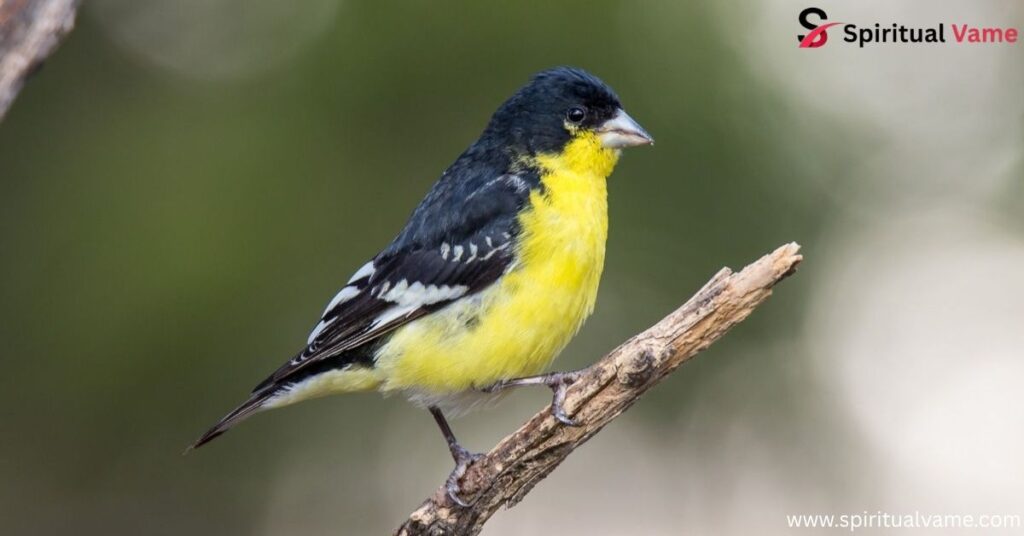
This bird is slightly smaller than its cousin, the American Goldfinch. The Lesser Goldfinch has a black cap and greenish-yellow body. It’s common in the Southwest and along the Pacific coast. Like other finches, it enjoys seeds and will visit feeders often. Its fast flight and buzzing calls make it easy to recognize in backyards and shrublands.
Evening Grosbeak
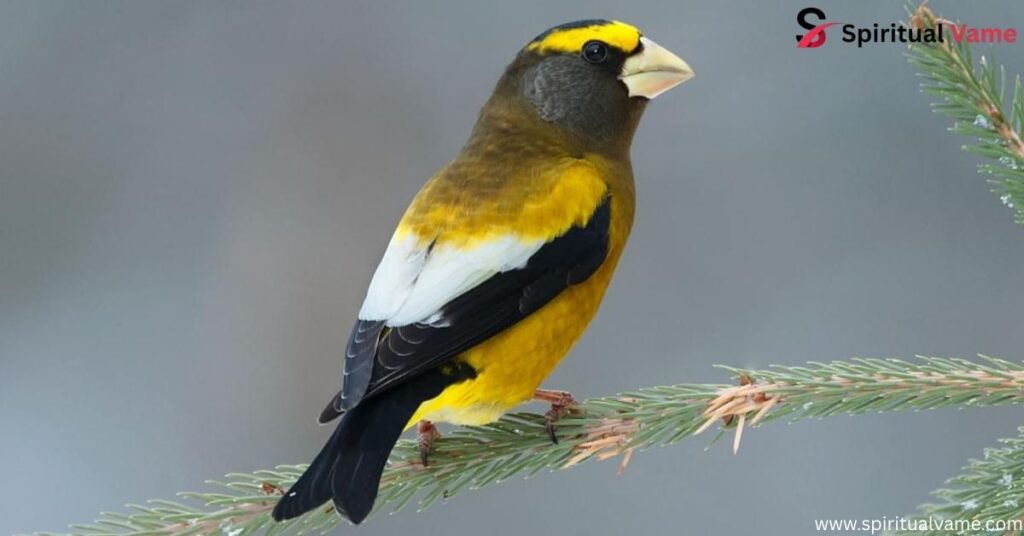
The Evening Grosbeak is a chunky bird with a large beak made for cracking hard seeds. Males have golden-yellow bodies and black wings with white patches. They appear in woodlands and sometimes visit feeders in large, noisy flocks during winter. Their powerful beak and bright appearance make them a delight for cold-season birdwatching.
In fruit trees
Western Tanager
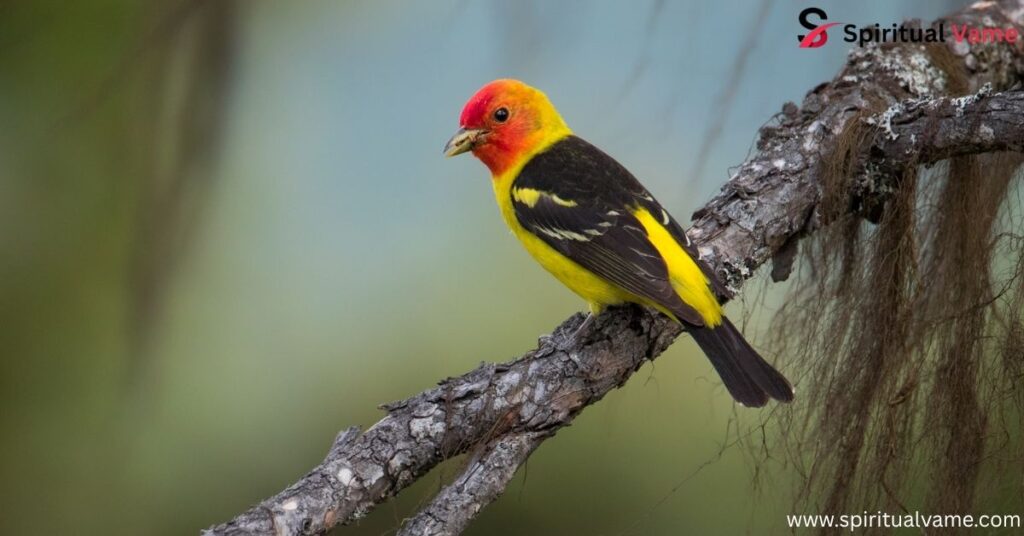
With a yellow body and black wings, the Western Tanager is hard to miss. Males also have a bright red face, which makes them look like a tropical bird. Found in forests and fruit-filled trees during the breeding season, they eat insects, fruit, and sometimes drink from hummingbird feeders. Their call is soft and sweet, and they prefer to stay up high in the canopy.
Scarlet Tanager
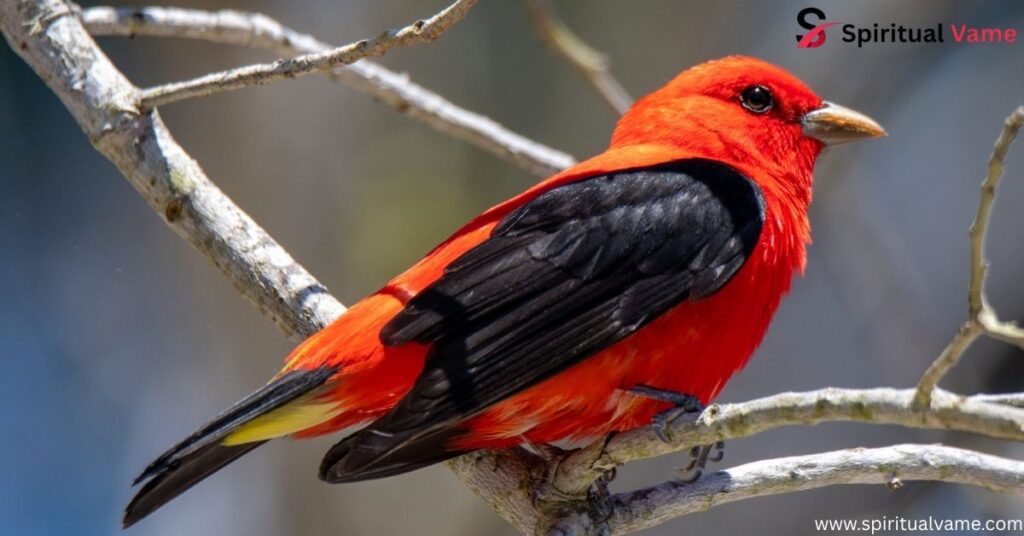
Though its body is red instead of yellow, the Scarlet Tanager still makes the list for its black wings and strong contrast. Females are more olive-yellow with dark wings. They live in mature forests and migrate long distances. These migratory routes make them common during spring and fall when they pass through much of the Eastern U.S.
Orchard Oriole
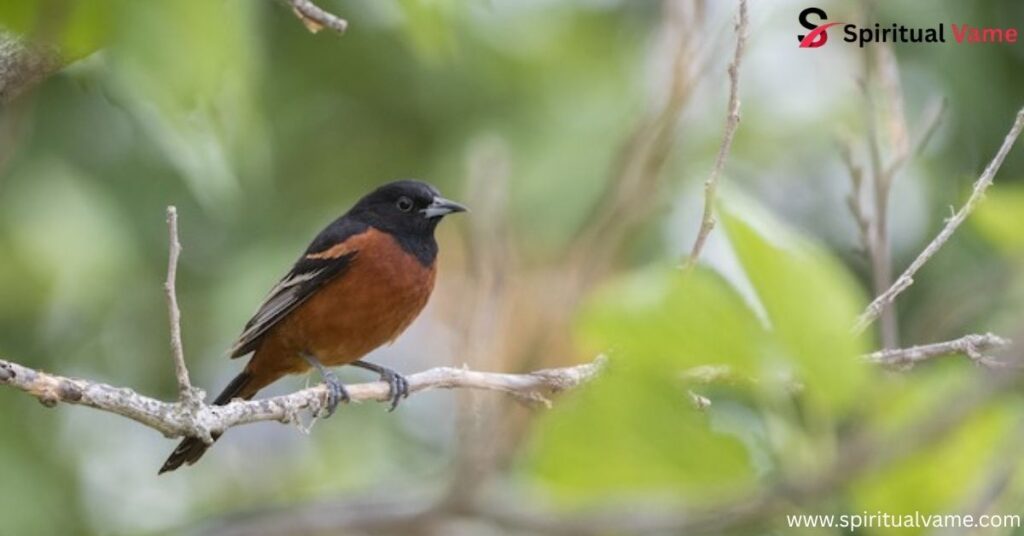
Orchard Orioles show off a chestnut body and black head, but young males and females display more yellow and black in their feathers. These birds like to feed on fruit, nectar, and insects. They nest in trees near rivers and fields, and their gentle warble adds music to the early summer.
Scott’s Oriole
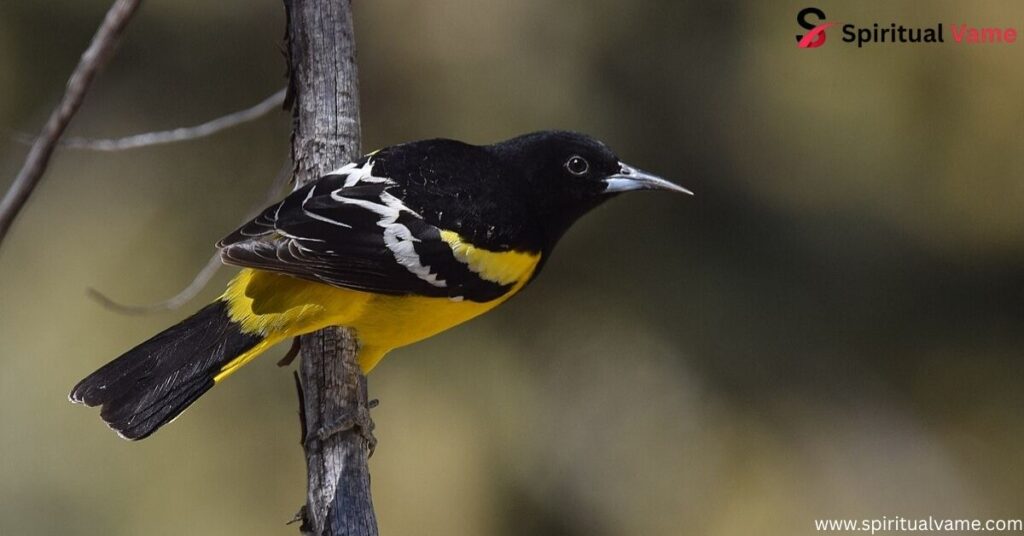
Found mainly in the Southwest, Scott’s Oriole has a lemon-yellow belly and jet-black head and back. It enjoys desert scrub and can be seen feeding on insects, fruit, and flower nectar. Its clear, whistling song carries far across dry hills and rocky slopes.
Hooded Oriole
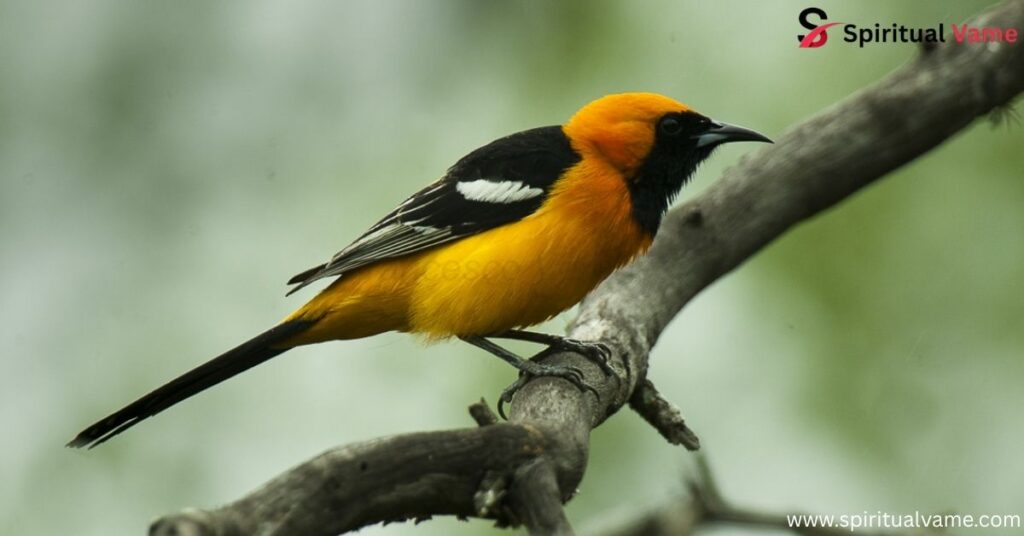
This bird has a long, curved beak perfect for sipping nectar. It sports a yellow-orange body and black bib, with a preference for palm trees. The Hooded Oriole can be found in the southern U.S., especially near urban areas with ornamental trees.
In open fields
Eastern Meadowlark
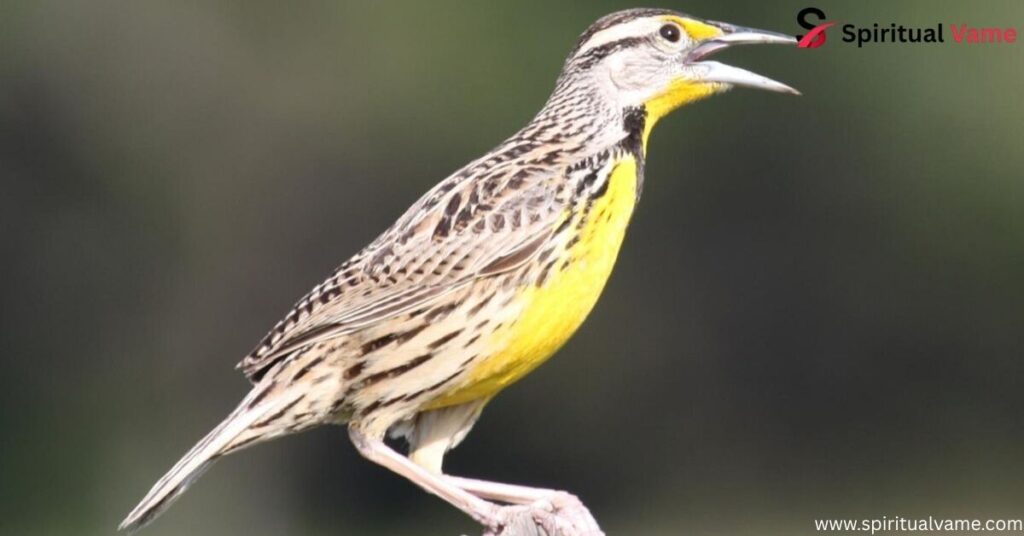
This beautiful bird has a bright yellow belly with a bold black V across the chest. It lives in grasslands, where it sings from fence posts or tall grasses. Its flute-like song is one of the most beautiful in the bird world. The Eastern Meadowlark feeds on insects, seeds, and the occasional fruit.
Western Meadowlark
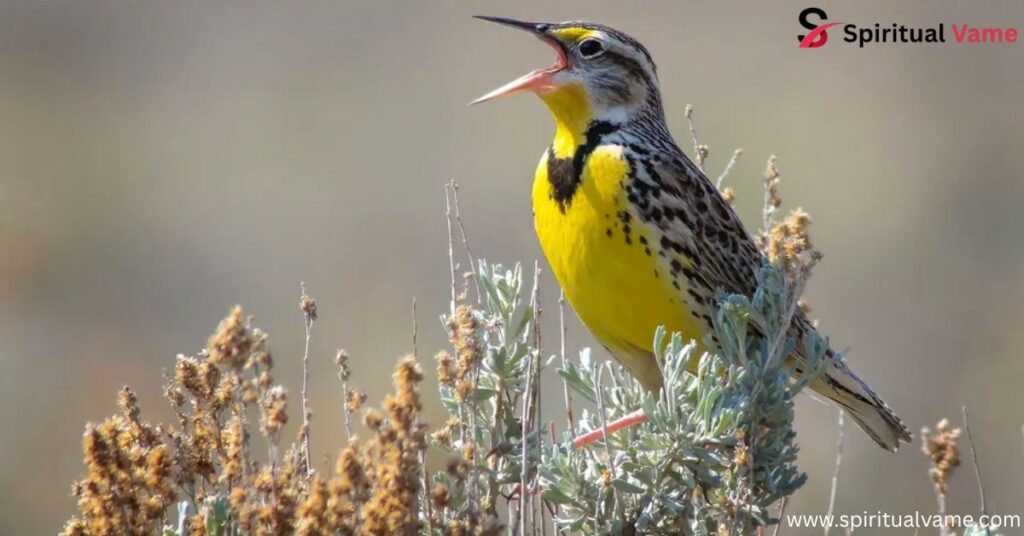
Closely related to the Eastern Meadowlark, this bird also has a yellow breast with a black V and sings a bubbly, cheerful song. It prefers wide-open fields and plains across the West and Midwest. You’ll often hear it before you see it.
In woodlands
Wilson’s Warbler
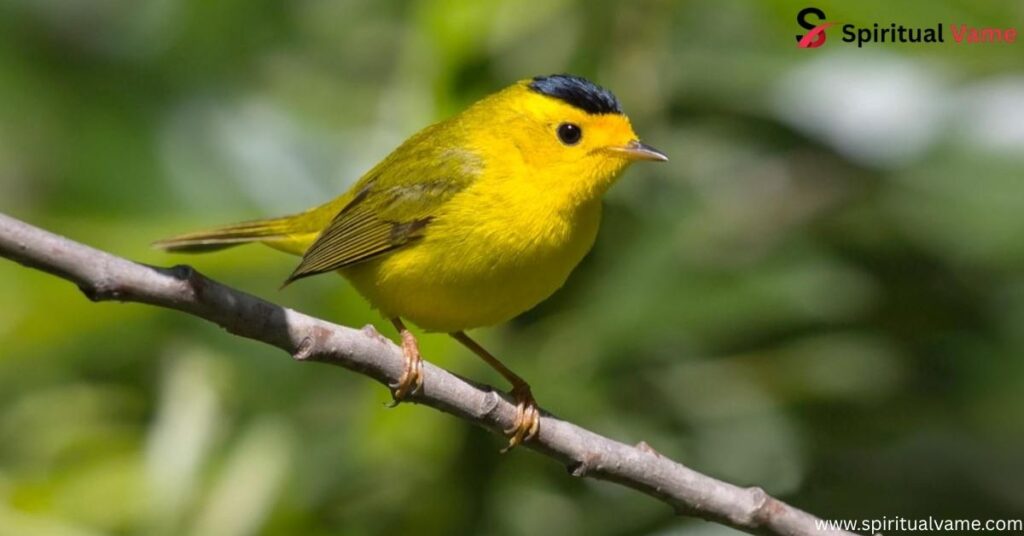
A tiny yellow bird with a black cap, Wilson’s Warbler is energetic and fun to watch. It flits through shrubs and low trees in the forest understory, catching insects mid-air. It’s most commonly seen during migration, when it passes through much of the U.S.
Hooded Warbler
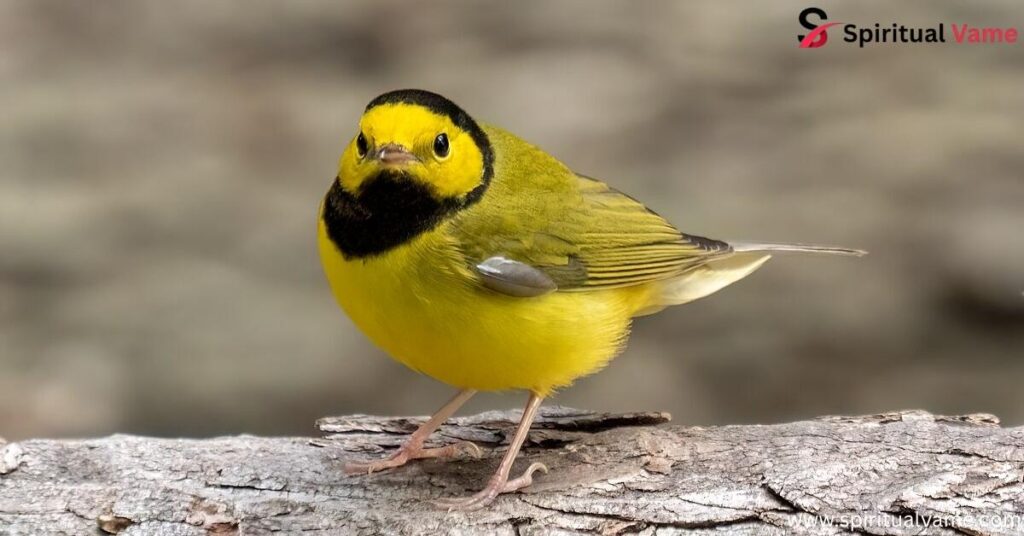
This forest warbler has a bold yellow face with a black hood and throat. It prefers thick underbrush where it can hunt for insects in the shadows. It’s often heard before it’s seen, thanks to its sharp, clear song.
Townsend’s Warbler
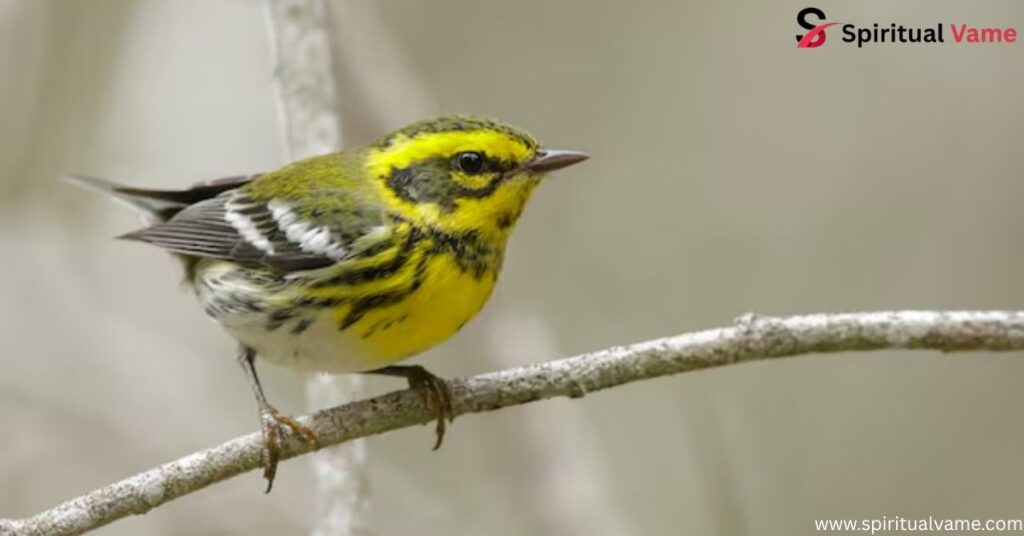
With bright yellow and black facial patterns, this bird is striking. It lives in coniferous forests, often in the Pacific Northwest. It forages high in the trees, moving quickly through the branches.
In marshlands
Common Yellowthroat
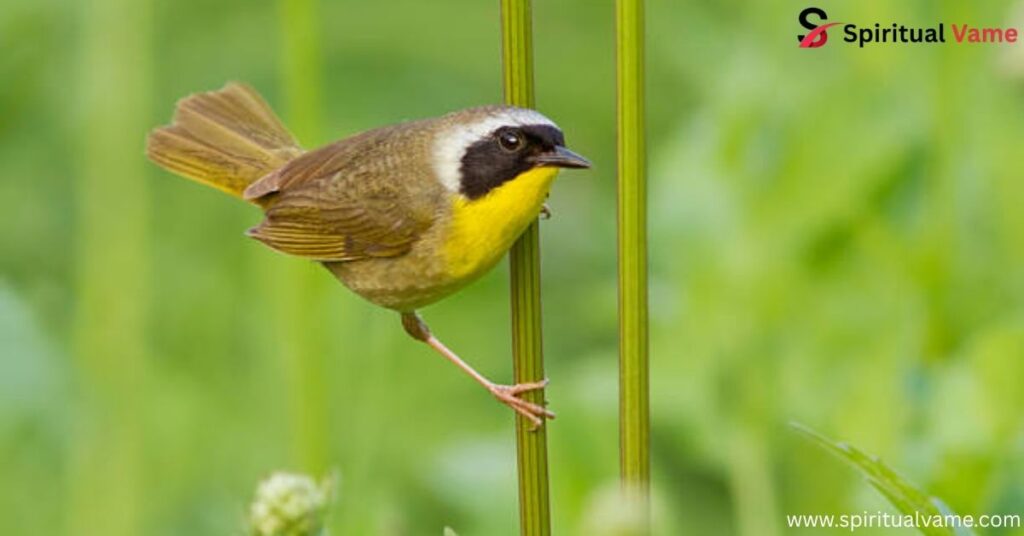
Known for its masked face, the Common Yellowthroat is a secretive warbler that lives in wetlands. It sings a unique “witchety-witchety” song and nests in thick grass or reeds. Though small, it plays a big role in controlling insect populations in marshlands.
Yellow-headed Blackbird
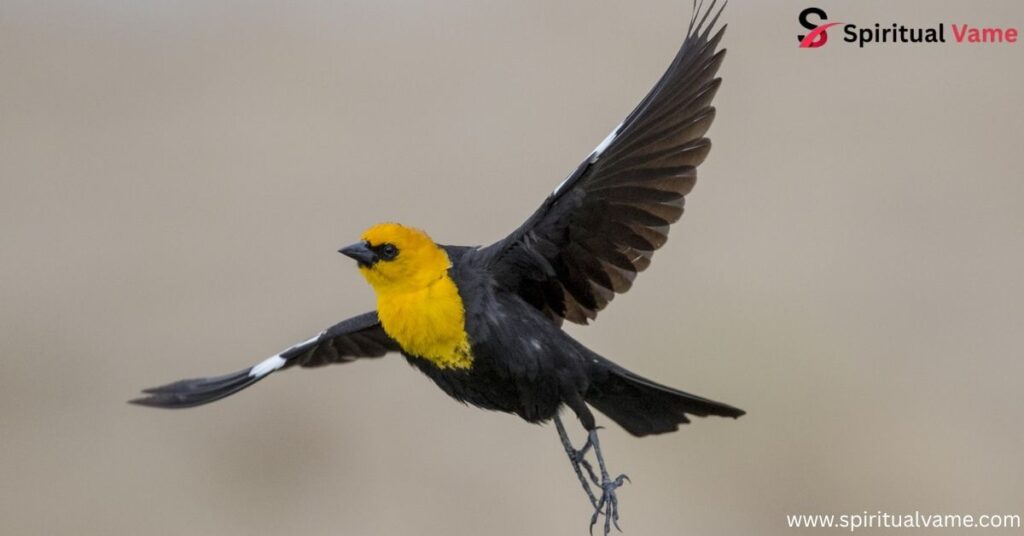
This bold bird has a golden head, black body, and white patches on the wings. It nests in colonies in reeds and cattails. Males sing a harsh, buzzing song during courtship displays, making them hard to miss in spring and early summer.
Beautiful Yellow and Black Birds
Some birds are just unforgettable. Their colors, calls, and behaviors make them stand out no matter where they’re found. From the cheerful American Goldfinch to the bold Western Tanager, these are some of the most beautiful birds in North America. You can find them in different habitats, and each one plays a role in keeping the biodiversity of its region healthy.
Birds like the Prairie Warbler and Hooded Warbler are small but vibrant. Others like the Evening Grosbeak and Yellow-headed Blackbird are large and bold, with strong personalities. Whether they are perching quietly or flying through the forest, these birds show the best of what nature has to offer.
Summary
Yellow and black birds are more than just eye-catching creatures. They help balance ecosystems, pollinate plants, spread seeds, and provide joy to millions of birdwatchers across the U.S. From open fields and marshes to dense woods and backyard feeders, these birds live among us, often unseen until you know where and how to look.
By learning about these birds—their identification, morphology, taxonomy, and conservation status—you’re helping protect them. So next time you’re outside, keep your eyes open and your ears tuned. Whether it’s a songbird on your windowsill or a flash of yellow in the trees, there’s always a beautiful discovery waiting in the world of yellow and black birds.

